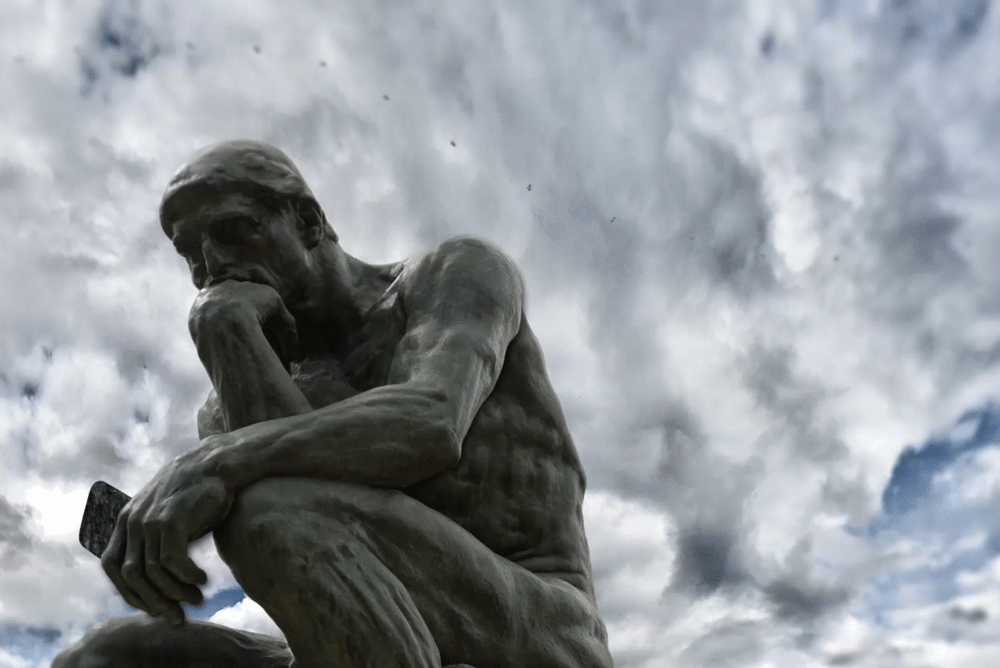Let me begin with some personal remarks, since it would be valid for readers to raise these issues.
Yes, I am an Orthodox believer who has — twice — worshipped with the monks of the Monastery of the Kiev Caves. I have walked its matrix of underground sanctuaries, tombs and monastic cells. It’s hard for me to imagine something more horrifying than soldiers with machine guns inside the Lavra, passing the bodies of numerous saints. I confess that, for a decade, I have prayed that we would not see a military takeover of this sacred site by forces on either side of the divides inside Ukraine.
Yes, I saw the New York Times report with this headline: “Ukraine Raids Holy Site Amid Suspicion of Orthodox Church Tied to Moscow.” I have read a dozen or so other mainstream media accounts of the rising tensions about the current Ukrainian administration considering some kind of Lavra takeover.
All of these reports are based on information from government officials and the leaders of the new Orthodox Church of Ukraine, which was — depending on the sources cited —created by Western Ukrainian leaders, the U.S. State Department (under the administrations of Donald Trump and Joe Biden), the government of Turkey and/or the first-among-equals Ecumenical Patriarch who leads the tiny Orthodox body that remains based in Istanbul.
These reports continue to ignore or downplay the statements and actions of the historic Ukrainian Orthodox Church, led by Metropolitan Onuphry, which has — since the day of the Russian invasion — stressed its total opposition to this action of the Vladimir Putin government in Moscow. This church, the canonical church of Ukraine for many generations, has taken steps to cut its ties to Orthodox leaders in Moscow, even as its leaders have recognized they do not have the clear authority to do so. They appear to be pleading for the wider world of Orthodoxy (as in patriarches of multiple ancient churches, not just Istanbul) to intervene, somehow, in this crisis.
As a rule, mainstream journalists have expressed little interest in the actual Orthodox traditions and laws linked to this tragedy. In particular, the press has ignored the global voices of the Orthodox who oppose Putin, but support Metropolitan Onuphry and, thus, the monks of the Lavra.
Frankly, my head is spinning as I try to deal with the myriad journalism issues involved in covering this massive story. I am aware that most journalists are limited in what they can cover, due to language issues and the difficulty of on-site work in the midst of this conflict. I want to look at two issues in this Times report because — this is a positive — it includes some remarks from an actual monk from the Kievan Caves. Such as:
Father Hieromonk Ioan, a member of the Kyiv monastery, said that the clergy there were not loyal to Moscow but did not shy away from the close historic ties with Russia. “We have certain relations with Russia and it’s painful for us what is going on now,” he said in an interview outside the monastery. …










